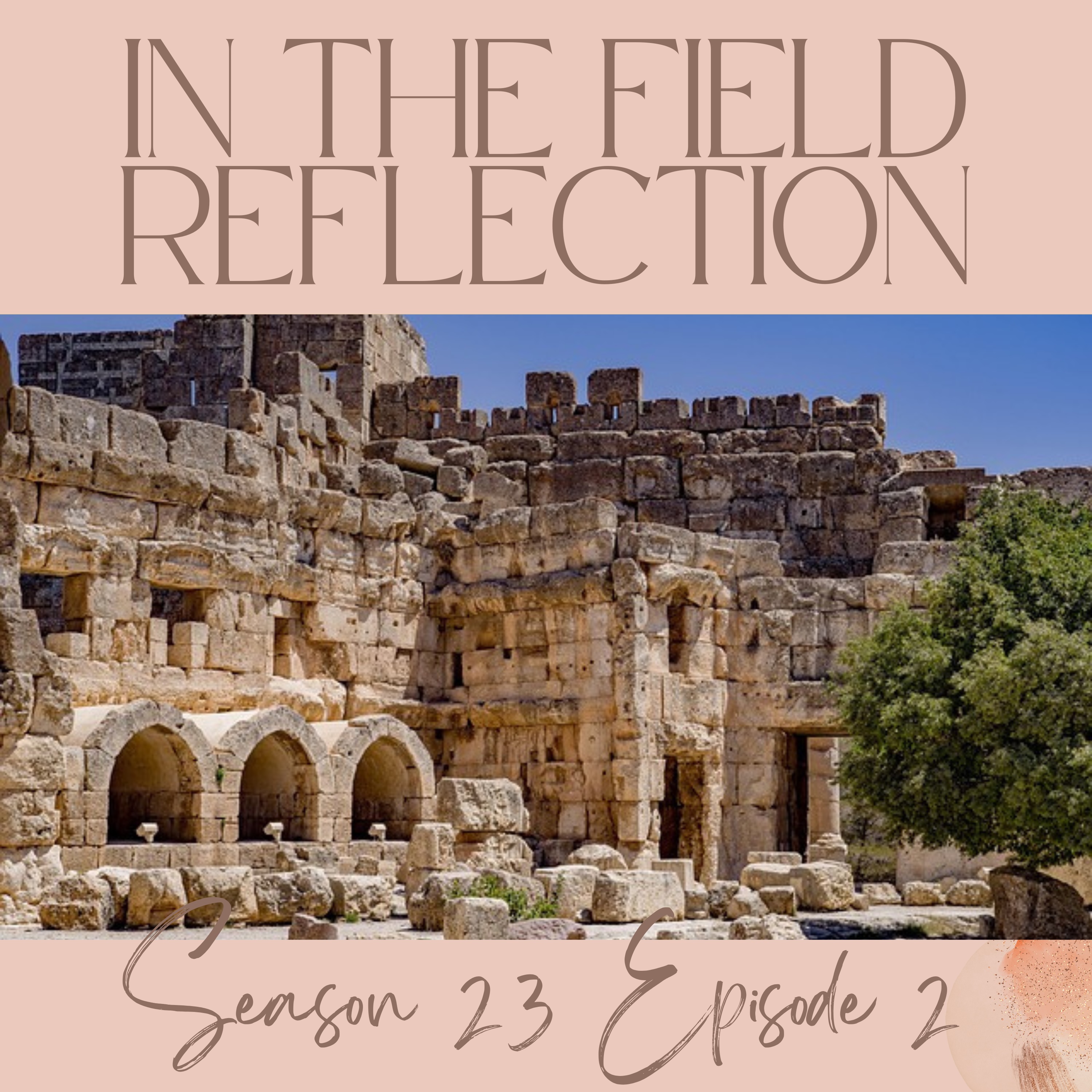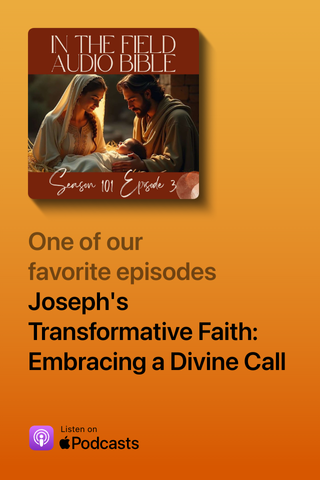Motives Under Fire: Beautiful Truths About Gospel Truth

Paul's second chapter to the Thessalonians is a portrait of ministry that refuses to hide behind polish, offering beautiful truths about gospel truth. The scene opens in Corinth, among the tools, dyes, and dust of a tentmaker's bench. We watch Paul stitch material while he stitches memory to meaning, answering rumors that he was a flatterer or a coward. Instead of defending his reputation for its own sake, he ties motives to message: if they can't trust his heart, they may not trust the gospel. That is the core of this chapter. Ministry without integrity becomes salesmanship; integrity without love becomes severity. Paul insists on both: a tested heart and a tender posture, because the church is not an audience to impress but a family to serve.
Courage frames the narrative. Paul and his companions arrived from Philippi still bruised, yet they preached “in much conflict.” This courage is not bravado; it is obedience in the presence of fear. He rejects the easy manipulations of flattery and greed, working with his hands so no one can claim the message was a hustle. He speaks of being approved by God and entrusted with the gospel, so he aims to please God, not people. That shift in audience changes everything. Pleasing people trims the hard edges until nothing sharp remains; pleasing God lets the blade of truth heal by cutting away what harms. The test of this motive is practical: labor by day, teaching by night, lives interwoven with the people they serve.
Paul deepens the image with parental metaphors—first a nursing mother, then a guiding father. These aren’t slogans; they are a way of inhabiting leadership. A mother nourishes with nearness, sharing not just a message but herself. A father urges a life worthy of God, shaping character with encouragement and example. Joined, they form a ministry that is warm and weighty, gentle and purposeful. The gospel becomes more than information transferred across a lectern; it becomes life shared around tables, in workshops, and through tears. The church learns that being loved is not sentimental talk but sacrificial presence, measured in time, toil, and trust.
At the chapter’s heart lies a conviction about Scripture: the Thessalonians received the word not as human opinion but as God’s word, and that word works in believers. This active, living quality explains both transformation and trouble. When the word takes root, opposition often follows. Paul names suffering not as failure but as confirmation, aligning them with the churches in Judea. The pattern of discipleship has always run through hardship; seeds grow best when the soil breaks. He also speaks about hindrance—Satan blocking a return visit—reminding us that delays and detours can be spiritual resistance, not merely logistical snags. Yet opposition cannot overturn purpose; it can only test it.
Paul closes with a startling metric for success: people are his crown, joy, and hope at Christ’s coming. Not buildings, not programs, not applause. Faces, names, lives remade by grace. That vision reframes every sacrifice: the bruises from riots, the sleepless nights, the miles walked. If the word is truly God’s, then every risk to carry it is sane. If people are the prize, then love will always cost something—and always be worth it. The chapter invites us to weigh our motives, choose courage over comfort, and share not only the gospel of God but our very selves, trusting that the living word keeps working long after the ink dries and the lamps go out.















